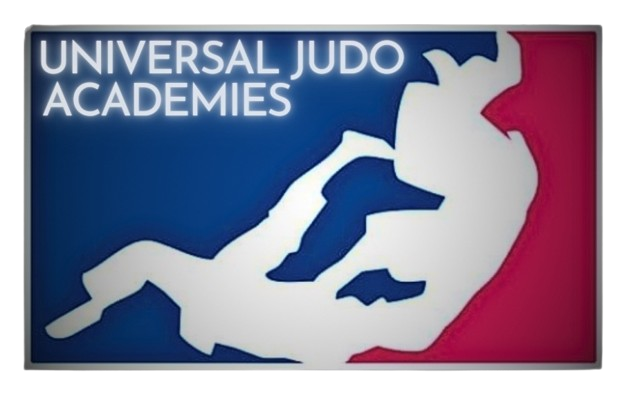JUDO
WHAT IS JUDO?
Judo (Japanese: 柔道 ‘gentle way‘) is an unarmed modern Japanese martial art, combat sport, Olympic sport (since 1964), and the most prominent form of jacket wrestling competed internationally.[3][4][5] Judo was created in 1882 by Kanō Jigorō (嘉納 治五郎) as an eclectic martial art, distinguishing itself from its predecessors (primarily Tenjin Shinyo-ryu jujutsu and Kitō-ryū jujutsu) due to an emphasis on “randori” (乱取り, ‘free sparring’) instead of kata (形, kata; pre-arranged forms) alongside its removal of striking and weapon training elements. Judo rose to prominence for its dominance over established jujutsu schools in tournaments hosted by the Tokyo Metropolitan Police Department (警視庁武術大会, Keishicho Bujutsu Taikai), resulting in its adoption as the department’s primary martial art.[4][3]
A Judo practitioner is called a “judoka” (柔道家, jūdōka), and the Judo uniform is called “judogi”.
The objective of competitive Judo is to throw an opponent, immobilize them with a pin, or force an opponent to submit with a joint lock or a choke. While strikes and use of weapons are included in some pre-arranged forms (kata), they are not frequently trained and are illegal in Judo competition or free practice. Judo’s international governing body is the International Judo Federation, and competitors compete in the international IJF professional circuit.
Judo’s philosophy revolves around two primary principles: “Seiryoku-Zenyo” (精力善用; lit. ’Maximum Efficiency’) and “Jita-Kyoei” (自他共栄; lit. ’Mutual Welfare and Benefit’). The philosophy and subsequent pedagogy developed for Judo became the model for other modern Japanese martial arts that developed from Ko-ryū. Judo has also spawned a number of derivative martial arts around the world, such as Brazilian jiu-jitsu, Krav Maga, sambo, and ARB. Judo also influenced the formation of other combat styles such as close-quarters combat (CQC), mixed martial arts (MMA), shoot wrestling and submission wrestling.
JUDO HISTORY
JUDO'S RICH HISTORY
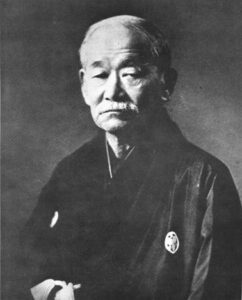
Jigoro Kano had an academic upbringing and, from the age of seven, he studied English, shodō (書道, Japanese calligraphy) and the Four Confucian Texts (四書, Shisho) under a number of tutors.[12] When he was fourteen, Kano began boarding at an English-medium school, Ikuei-Gijuku in Shiba, Tokyo. The culture of bullying endemic at this school was the catalyst that caused Kano to seek out a Jūjutsu (柔術, Jujutsu) dōjō (道場, dōjō; training place) at which to train.[12]
Early attempts to find a jujutsu teacher who was willing to take him on met with little success. Jujutsu had become unfashionable in an increasingly westernized Japan. Many of those who had once taught the art had been forced out of teaching or become so disillusioned with it that they had simply given up. Nakai Umenari, an acquaintance of Kanō’s father and a former soldier, agreed to show him kata, but not to teach him. The caretaker of Jirosaku’s second house, Katagiri Ryuji, also knew jujutsu, but would not teach it as he believed it was no longer of practical use. Another frequent visitor, Imai Genshiro of Kyushin-ryū school of jujutsu, also refused.[13] Several years passed before he finally found a willing teacher.[13]
In 1877, as a student at the University of Tokyo, Kano learned that many jujutsu teachers had been forced to pursue alternative careers, frequently opening Seikotsu-in (整骨院; traditional osteopathy practices).[14] After inquiring at a number of these, Kano was referred to Fukuda Hachinosuke (c. 1828–1880),[15] a teacher of the Tenjin Shin’yō-ryū of jujutsu, who had a small nine mat dōjō where he taught five students.[16] Fukuda is said to have emphasized technique over formal exercise, sowing the seeds of Kano’s emphasis on randori (乱取り, randori; free practice) in judo.
On Fukuda’s death in 1880, Kano, who had become his keenest and most able student in both randori and kata, was given the densho (伝書; scrolls) of the Fukuda dōjō.[17] Kano chose to continue his studies at another Tenjin Shin’yō-ryū school, that of Iso Masatomo (c. 1820–1881). Iso placed more emphasis on the practice of “kata”, and entrusted randori instruction to assistants, increasingly to Kano.[18] Iso died in June 1881 and Kano went on to study at the dōjō of Iikubo Tsunetoshi (1835–1889) of Kitō-ryū (起倒流).[6] Like Fukuda, Iikubo placed much emphasis on randori, with Kitō-ryū having a greater focus on nage-waza (投げ技; throwing techniques).[19]
THE KODOKAN JUDO INSTITUTE
THE KODOKAN - THE HOME OF JUDO

The Kodokan Judo Institute (公益財団法人講道館), or Kōdōkan (講道館), is the headquarters of the worldwide judo community. The kōdōkan was founded in 1882 by Kanō Jigorō, the founder of judo, and is now an eight-story building in Tokyo.
Literally, kō (講) means “to lecture”, dō (道) means “way,” and kan (館) is “a public building”. Together it can be translated as “a place for the study of the way.”
The Kodokan Institute offers classes for those who want to master judo.[5] The program is authorized as a non-regular school by the Tokyo Metropolitan Government. Its courses include the theories and practice of judo, and matters of general education. The course is divided into two parts: a general course for novices, and special courses for those who have completed the general course or its equivalent.[6][7][4]
The Kodokan also issues ranks, and many judoka (practitioners of judo) around the world become Kodokan members and have their ranks registered with the Kodokan.[8]
The Institute was founded with only nine disciples. The growth of judo in its early years is demonstrated by the growth of the Kodokan itself.
Today, the Kodokan has 1,206 mats across the five main dojo (training halls)—Main, School, International, Women’s, and Boys’—plus a special dojo for retired judoka and special technique study purposes.
JUDO TODAY
JUDO IN MODERN TIMES

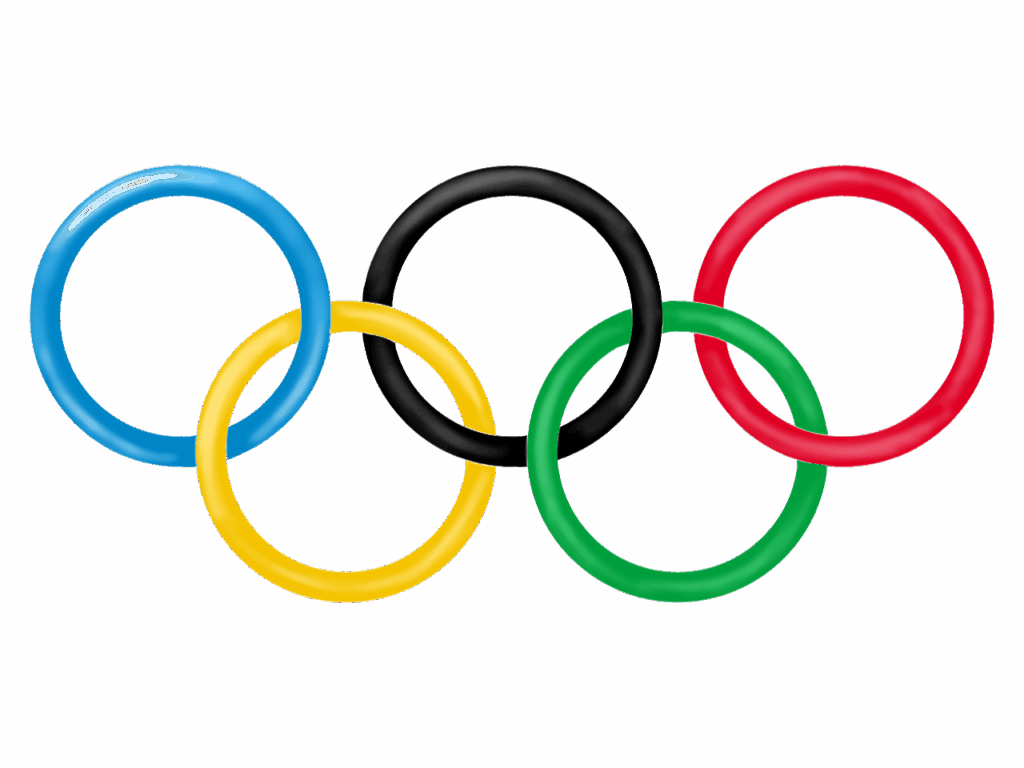
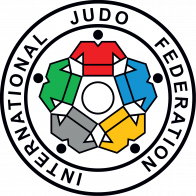
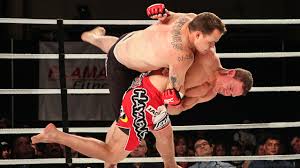
Today, Judo is many things to many people. An Olympic Sport, a recreational activity, a form of self defence, the basis for many of the world’s military unarmed combat programs, a component in Mixed Martial Arts and much more.
Tokyo introduced Judo as a competitive sport at the 1964 Olympic Games. The organizers did not include the sport in the 1968 Games. However, it made a comeback in 1972 and has been a part of the program ever since.
At the Paris 2024 Olympics, 122 countries participated in Judo with a total of 378 judoka. These athletes competed in 14 weight categories across both men’s and women’s events, as well as a mixed team event.
The International Judo Federation (IJF) is the international governing body for judo, founded in July 1951. Today the IJF has 200 National Federations on all continents.
Judo techniques are widely incorporated into military unarmed combat training due to their effectiveness in close-quarters situations and ability to develop physical and mental resilience. Judo provides a strong foundation in throws, grappling, and ground fighting, which are crucial for disarming opponents, controlling them on the ground, and securing submissions.
Judo is a martial art that effectively complements MMA. Many MMA fighters leverage judo’s throwing, grappling, and ground fighting techniques to gain an advantage in the cage.
Judo is often regarded as one of the most practical martial arts for self-defense due to its focus on grappling and throws, which can neutralize an opponent effectively.
Judo, beyond being a martial art, significantly impacts individuals and communities by fostering physical fitness, mental fortitude, and valuable life skills. It emphasizes discipline, respect, and perseverance, promoting holistic well-being and positive character development that extends beyond the dojo. Its principles are integrated into various aspects of life, contributing to personal growth and community development.
JUDO BELT RANKINGS AND GRADINGS
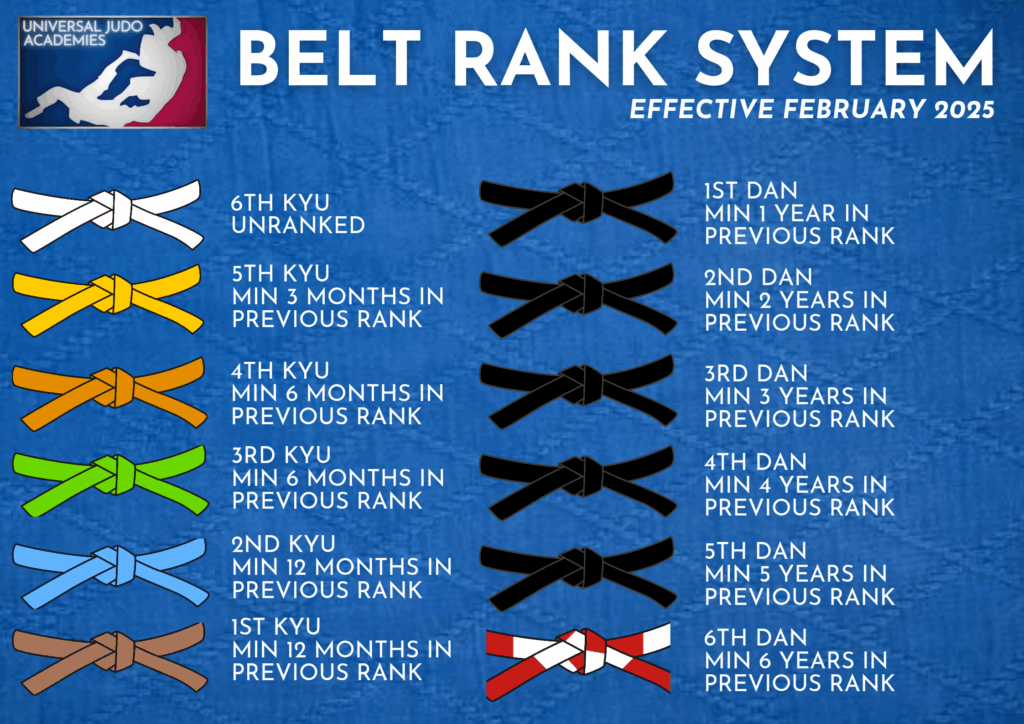
JUDO TECHNIQUES
CATEGORIES OF JUDO TECHNIQUES
NAGE WAZA – THROWING TECHNIQUES ARE CATEGORISED IN TO 5 TYPES OF TECHNIQUES
1. KOSHI WAZA – HIP TECHNIQUES
2. ASHI WAZA – LEG TECHNIQUES
3. TE WAZA – HAND TECHNIQUES
4. SUTEMI WAZA – SACRIFICE TECHNIQUES
5. YOKO SUTEMI WAZA – SIDE SACRIFICE TECHNIQUES
NE WAZA – GROUND TECHNIQUES ARE CATEGORISED IN THE FOLLOWING MANOR.
1. OSAEKOMI WAZA – HOLD DOWN TECHNIQUES
2. SHIME WAZA – STRANGULATION TECHNIQUES
3. KANSETSU WAZA – JOINT LOCKING TECHNIQUES
ATEMI WAZA – STRIKING TECHNIQUES ARE CATEGORISED IN THE FOLLOWING MANOR.
1. UDE ATE WAZA – ARM STRIKING TECHNIQUES
2. ASHI ATE WAZA – LEG STRIKING TECHNIQUES
3. ATAMA ATE WAZA – HEAD STRIKING TECHNIQUES
4. YUBI ATE WAZA – FINGER STRIKING TECHNIQUES
JUDO TECHNIQUES DURING RANDORI
IN ADDITION TO THE STANDARD TECHNIQUES OF JUDO, THE FOLLOWING TECHNIQUES AND STRATEGIES WILL NEED TO BE EMPLOYED FOR SUCCESS DURING RANDORI (FREE PRACTICE)
TACHI WAZA GRAPPLING TECHNIQUES ARE A SUBSET OF NAGE WAZA TECHNIQUES CATEGORISED IN THE FOLLOWING MANOR.
- KUMI KATA – GRIPPING TECHNIQUES
- KUZUSHI WAZA – BALANCE BREAKING TECHNIQUES
- SHINTEI – FIGHTING STANCE
- ASHI SABAKAI – FOOT CONTROL / FOOTWORK
- TAI SABAKAI – BODY CONTROL
- RENRAKU WAZA – COMBINATION TECHNIQUES (CHANGING DIRECTION)
- RENZOKU WAZA – COMBINATION TECHNIQUES (CONTINUOUS / SINGULAR DIRECTION)
- KAESHI WAZA – COUNTER TECHNIQUES
KATAME WAZA GRAPPLING TECHNIQUES ARE A SUBSET OF NEWAZA TECHNIQUES CATEGORISED IN THE FOLLOWING MANOR.
- DO OSAE WARA KOMI WAZA – GUARD PASSING TECHNIQUES
- DO OSAE HARAI GAESHI WAZA – GUARD REVERSAL (SWEEPING) TECHNIQUES
- HAIRI KATA – TURNOVER TECHNIQUES
- OSAEKOMI FUSEGI WAZA – HOLD DOWN ESCAPE TECHNIQUES
- KAESHI WAZA – REVERSAL OR COUNTER TECHNIQUES
JUDO KATA
PREDETERMINED FORMS IN JUDO
THE FOLLOWING KATA ARE CURRENTLY PRACTICED BY THE UNIVERSAL JUDO ACADEMIES
- UKEMI NO KATA – FORMS OF BREAKFALLS
- KUZUSHI NO KATA – FORMS OF BREAKING BALANCE
- OSAEKOMI NO KATA – FORMS OF HOLD DOWNS
- NAGE NO KATA – FORMS OF THROWING
- KATAME NO KATA – FORMS OF GRAPPLING
- GONOSEN NO KATA – FORMS OF COUNTERS
- KIME NO KATA – FORMS OF DECISIVENESS
- ITSUTSU NO KATA – FORMS OF FIVE
ADDITIONAL KATA
- JU NO KATA – FORMS OF GENTLENESS
- KOSHIKI NO KATA – FORMS OF ANTIQUITY
- KODOKAN GOSHIN JUTSU – KODOKAN SELF DEFENCE
- JOSHI JUDO GOSHIN HO NO KATA – FORMS OF WOMEN’S SELF DEFENCE
- RENKOHO WAZA NO KATA – FORMS OF ARRESTING TECHNIQUES
- SEIRYOKU ZENYO KOKUMIN TAIIKU NO KATA – FORMS OF PHYSICAL EDUCATION – MAXIMUM EFFICIENCY, MINIMUM EFFORT
- GO NO KATA – FORMS OF HARDNESS
- NAGE WAZA URA NO KATA – FORMS OF COUNTER THROWS
- KATAME WAZA URA NO KATA – FORMS OF COUNTER GRAPPLING
- KAESHI KATA – FORMS OF COUNTERS
- KODOMO NO KATA – CHILDREN’S FORMS
- HAPPO NO KUZUSHI – 8 WAY BALANCE BREAKING
FURTHER JUDO LEARNING RESOURCES
A COLLECTION OF RECOMMENDED JUDO LEARNING RESOURCES
UNIVERSAL JUDO ACADEMIES
UNIVERSAL JUDO ACADEMIES YOUTUBE CHANNEL
UNIVERSAL JUDO ACADEMIES KYU GRADE SYLLABUS (PRINT FRIENDLY)
UNIVERSAL JUDO ACADEMIES SYLLABUS (COLOUR PDF)
UNIVERSAL JUDO ACADEMIES – RANDORI NO KATA BOOK AMAZON LINK
WEBSITES
KODOKAN JUDO INSTITUTE WEBSITE
YOUTUBE
ADDITIONAL
TO BE CONTINUED...
